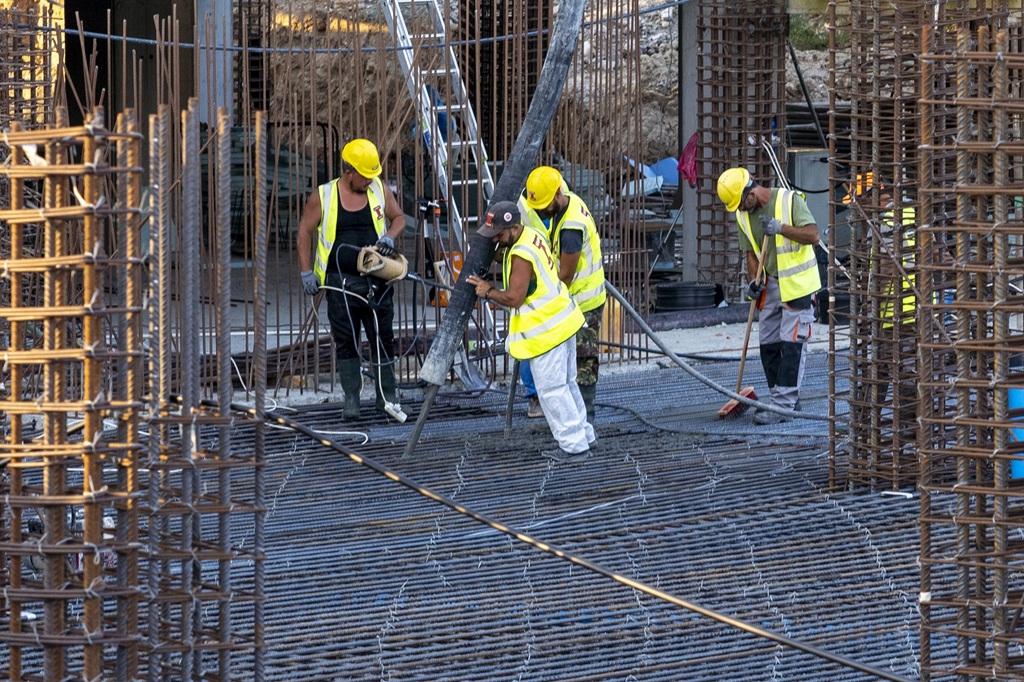Mega construction projects, by their very nature, are long-lasting and impactful. But their longevity can be threatened by the increasing frequency and intensity of natural disasters. Designing these projects with resilience in mind is no longer an option, but a necessity. Here’s how engineers and architects are fortifying mega projects against nature’s fury:
1. Understanding the Risks: Know Your Enemy
The first step towards resilience is understanding the specific risks a project faces. This involves:
Comprehensive Risk Assessment: Analyzing historical data, geological surveys, and climate models to identify potential hazards like earthquakes, floods, hurricanes, and wildfires.
Site-Specific Considerations: Evaluating the project’s location, topography, soil conditions, and proximity to water bodies to understand its vulnerability.
2. Strong Foundations: Building from the Ground Up
A resilient structure starts with a robust foundation:
Deep Foundations: In earthquake-prone areas, deep foundation systems like piles or caissons can anchor the structure to stable ground.
Ground Improvement Techniques: Methods like soil stabilization or ground reinforcement can improve the bearing capacity of the soil and reduce the risk of settlement or liquefaction.
3. Structural Integrity: Designing for Extreme Forces
The structure itself must be designed to withstand extreme forces:
Wind-Resistant Design: Aerodynamic shapes, windbreaks, and reinforced structural components can minimize wind loads in hurricane-prone regions.
Seismic Design: Base isolation systems, ductile detailing, and energy dissipation devices can help structures withstand earthquakes.
Flood-Resistant Design: Elevating critical infrastructure, using flood-resistant materials, and incorporating flood barriers can protect against flooding.
4. Material Selection: Choosing Strength and Sustainability
The choice of materials plays a crucial role in resilience:
High-Performance Concrete: Using concrete with enhanced strength, durability, and resistance to corrosion can improve structural integrity.
Resilient Cladding: Selecting cladding materials that can withstand impact from windborne debris or hail can protect the building envelope.
Fire-Resistant Materials: Utilizing fire-resistant materials like steel, concrete, and gypsum board can prevent the spread of fire.
5. Redundancy and Flexibility: Building in Backup Systems
Incorporating redundancy and flexibility can enhance a project’s ability to withstand and recover from disasters:
Multiple Utility Connections: Having multiple sources of power, water, and communication can ensure continued operation in case of disruptions.
Flexible Design: Designing spaces that can be easily reconfigured to accommodate emergency functions or temporary shelters can enhance adaptability.
6. Nature-Based Solutions: Working with Nature
Integrating nature-based solutions can provide additional layers of protection:
Coastal Protection: Restoring mangroves or constructing artificial reefs can help mitigate storm surges and coastal erosion.
Green Infrastructure: Green roofs, permeable pavements, and rain gardens can help manage stormwater runoff and reduce flooding.
Beyond the Physical Structure
Resilience goes beyond the physical design of a mega project. It also involves:
Emergency Preparedness: Developing comprehensive emergency plans, evacuation procedures, and communication systems to ensure the safety of occupants and workers.
Community Engagement: Involving local communities in the planning process can help identify vulnerabilities and build local capacity for disaster response.
Building a More Resilient Future
By incorporating these strategies, mega construction projects can be designed to withstand natural disasters, minimizing damage, protecting lives, and ensuring that these vital assets continue to serve their purpose for generations to come.

